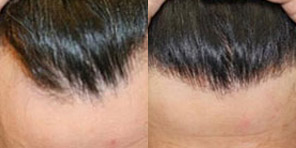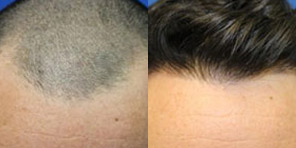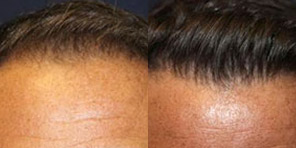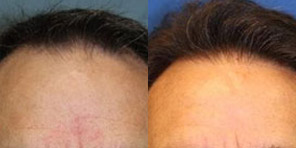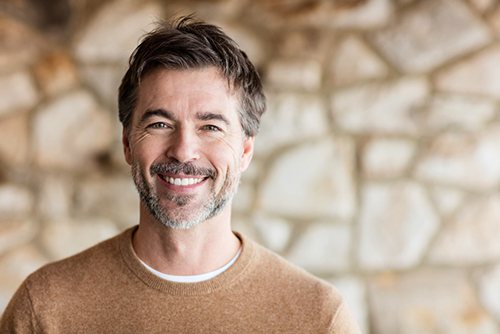California Hair MD provides hair transplant services using cutting edge technology wielded by pioneering hair restoration specialist Dr. Richard Chaffoo and his team of experts. This is often to address androgenic alopecia, a common form of hair loss. After the hair restoration treatment, patients will undergo post-operative care to ensure the operation went successfully and will deliver optimum results. In this article we will expound on this process.
A Rundown of Androgenic Alopecia and Hair Restoration Treatments
Androgenic alopecia is the most common cause of hair loss in both men and women. It’s estimated that about 40% of men notice baldness by the age of 40. This percentage increases with increasing age.
Thankfully, California Hair MD provides a variety of hair restoration treatments that help our patients regain natural hairlines. Modern techniques involve the use of the FUE (follicular unit extraction) method using advanced semi-automatic devices which extract the hair follicles as individual units using precise instruments. This is much less invasive than the older FUT method and avoids sutures as well as linear scarring. Hair loss is minimized because there is no tension on the scalp. So patients do not experience significant discomfort, prolonged swelling, or permanent scalp numbness. There is also minimal manipulation of the hair follicles so graft survival is maximized.
The most common devices used for this procedure are Neograft, Smart Graft, and Artas (robotic). The Neograft device has been in use for the longest time period of these devices. Results appear similar regardless of which device is employed and are more dependent upon the experience of the team versus the device.
Care After Hair Restoration Treatment
Wondering how your scalp will be immediately after the procedure is over? At the end of the procedure, a light dressing is applied. And the patient is seen the following day in the office to remove it and inspect the scalp. No other dressing is usually needed. There is usually minimal discomfort and swelling of the scalp following FUE hair restoration. Most patients will take oral pain medication for just a few days after.
Most patients take off one week from work. They can return to light physical exercise within two weeks and all physical activities within a month. There are often small scabs that form at the base of the transplants which will fall off within seven to ten days after the procedure.
The small hairs associated with each hair graft will usually fall out within a few weeks. They will begin to grow at about 3 months. The final results will be seen within 12-18 months. It is also recommended that most patients begin maintenance therapy of Rogaine and Finasteride as well.
Unlike other aesthetic procedures, the results of successful hair transplantation are permanent. So the transplanted hair follicles will continue to grow throughout the patient’s lifetime, and with a hair transplant from a triple board-certified plastic surgeon, you can expect dramatic, yet natural looking results.

